Expert Pet Stain Removal for Commercial Properties
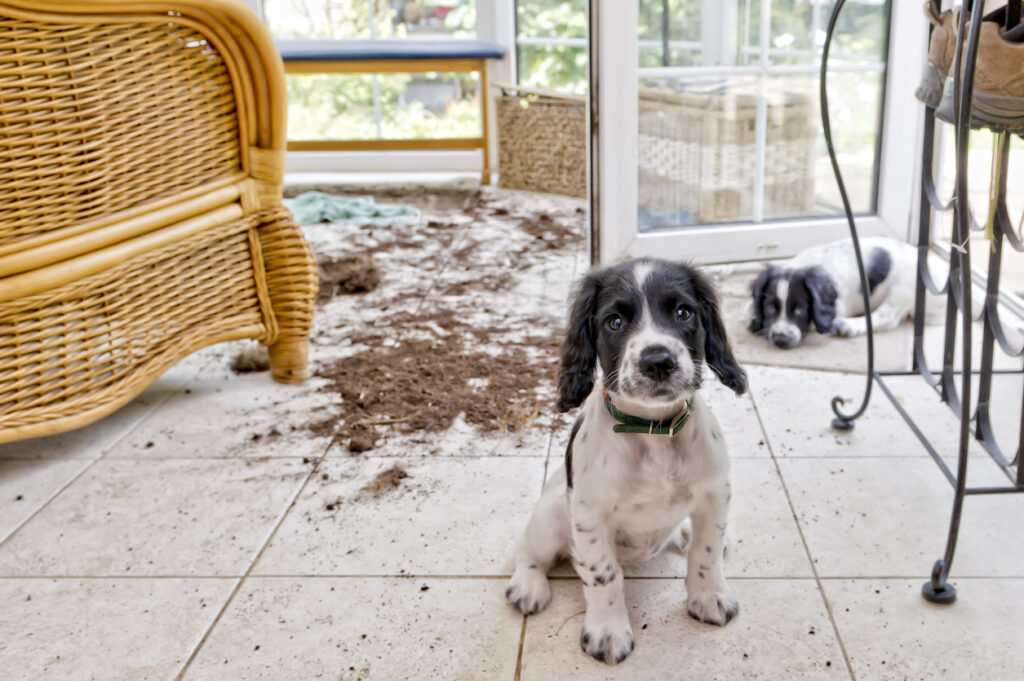
When a tenant moves out, pet stain removal is often necessary to restore cleanliness and freshness to the unit during turnover.
Expert Pet Odour Removal Tips for Commercial Properties

When a tenant moves out, a common challenge can be getting pet odour removal services organized as soon as possible. The Challenge of Pet Odours in Commercial Properties Pet odours can be a significant challenge for commercial properties, particularly when tenants have had pets in the space. These odours can permeate carpets, upholstery, and even […]
Tobacco and Cigarette Smoke Odour Removal

When a tenant moves out, a common challenge can be getting cigarette smoke odour removal services organized – stat!
Professional Tile & Grout Remediation 101: How It Works
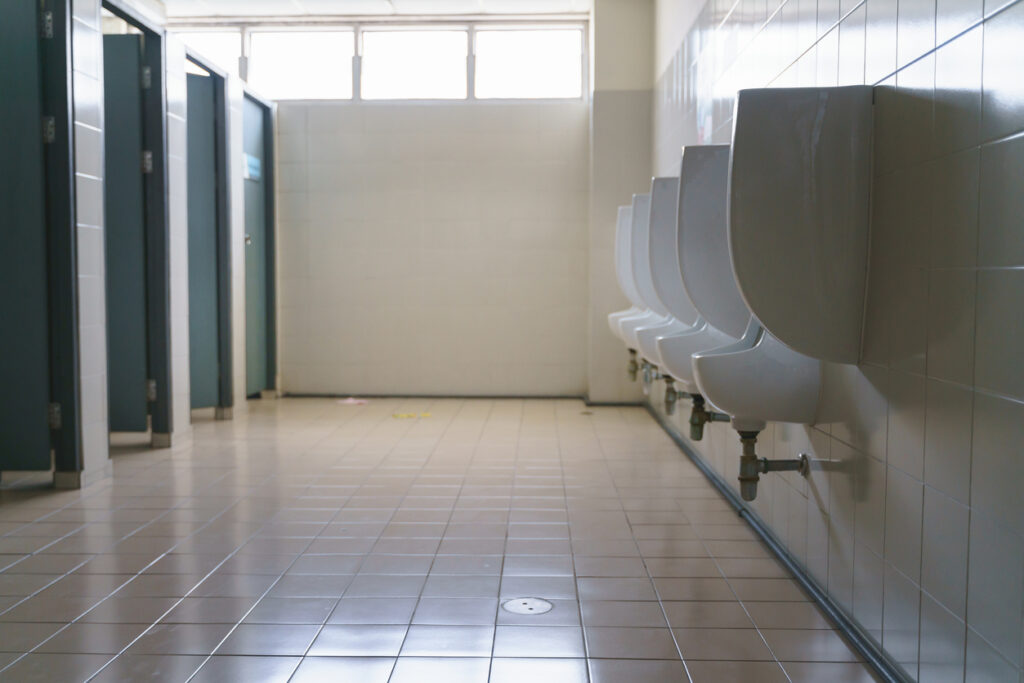
At some point, a mop just won’t cut it. Here’s an overview of how tile and grout remediation works when the pros do it. Tile is a popular choice for commercial spaces due to its durability and visual appeal. However, many are surprised to learn that most tiles are water-resistant, not waterproof. This distinction means […]
Tile & Grout: How Remediation Differs from Cleaning or Repair
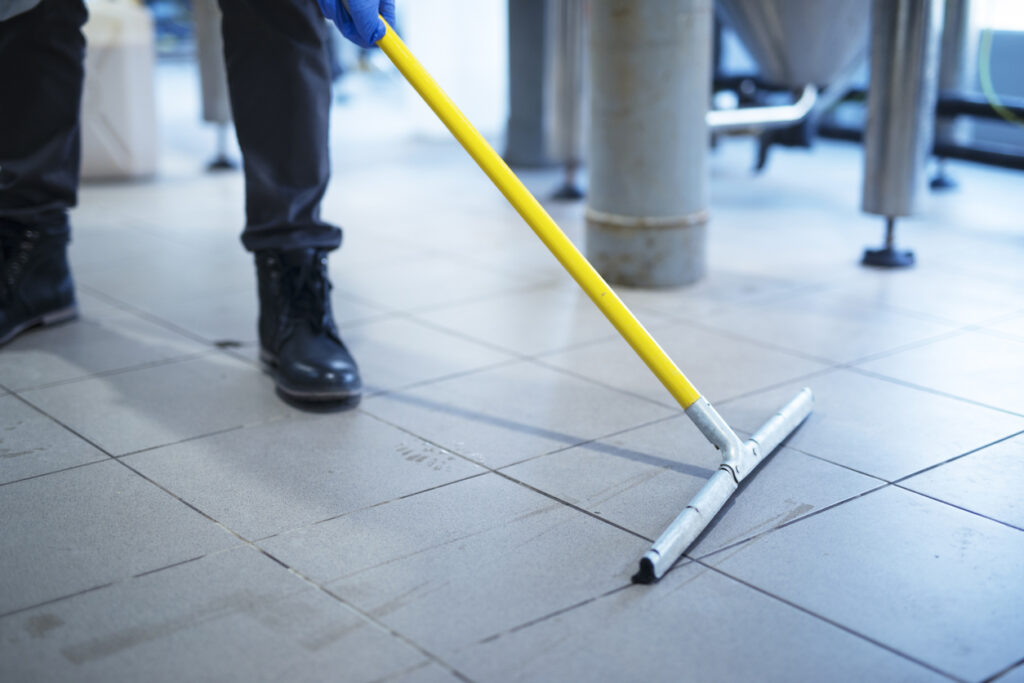
Does your commercial workspace’s tile and grout need remediation or just maintenance? Here’s a breakdown of the difference.
Essential Practices for Post-Construction Waste Disposal
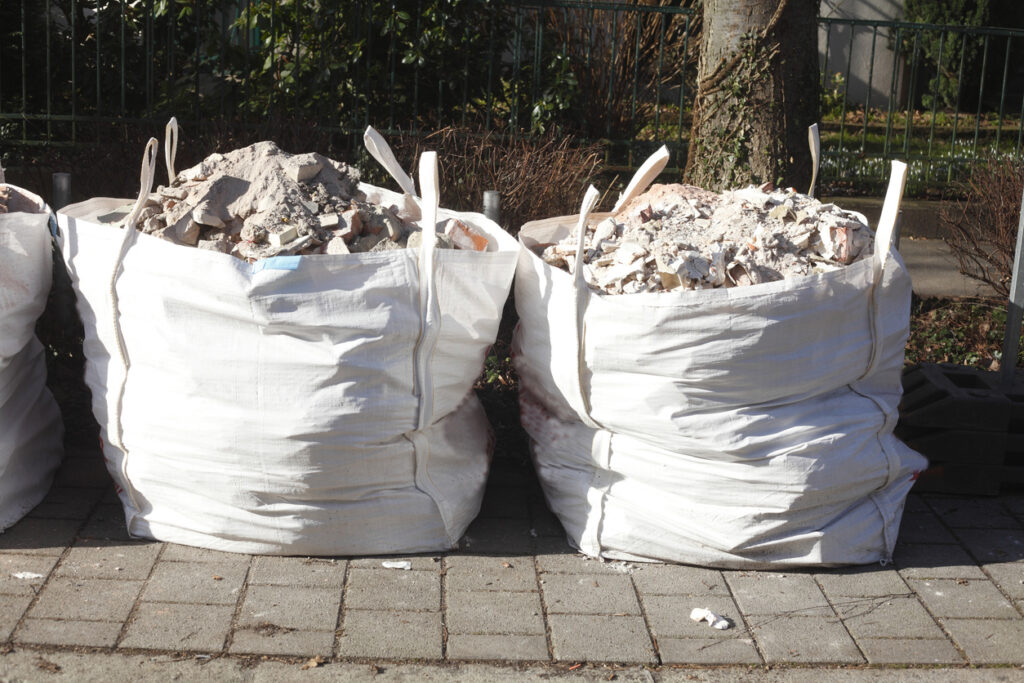
In the aftermath of construction projects, post-construction waste disposal is a task of paramount importance. For commercial property managers, facilities managers, and business owners, navigating this aspect of post-construction cleaning is crucial not only for environmental compliance but also for maintaining the safety and cleanliness of the site. The process involves dealing with a variety […]
Safety Precautions for Post-Construction Cleaning: Ensuring a Secure Environment
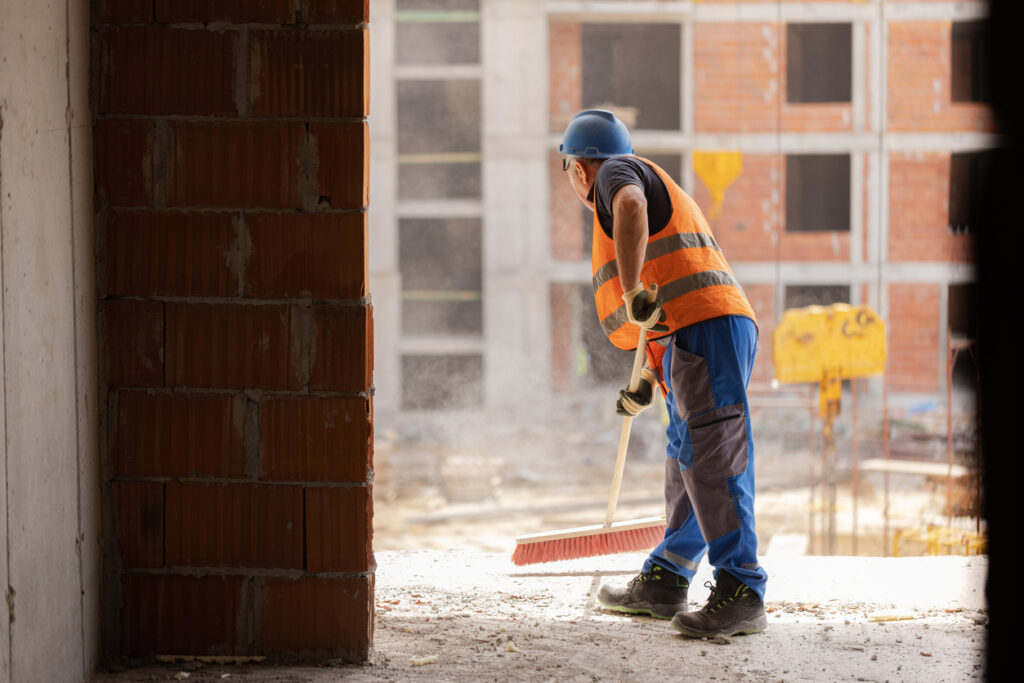
By adhering to these safety precautions, businesses can ensure that post-construction cleaning is conducted efficiently and safely.
A Post-Construction Cleaning Guide for Commercial Properties
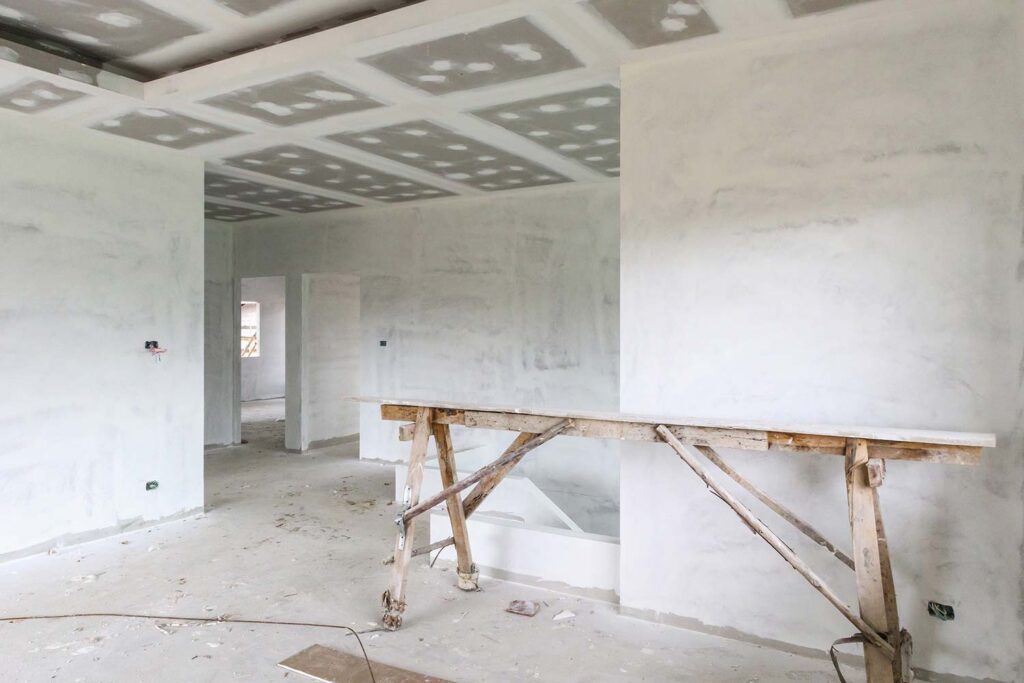
Post-construction cleaning is crucial in unveiling the full potential of your newly constructed or renovated commercial property. This blog outlines the essential aspects of post-construction cleaning, ensuring your property not only looks its best but also provides a safe, welcoming environment for its occupants. The Importance of Post-Construction Cleaning Health and Safety: Construction sites can […]
Ask a Professional Cleaner: How to Deep Clean Tile and Grout
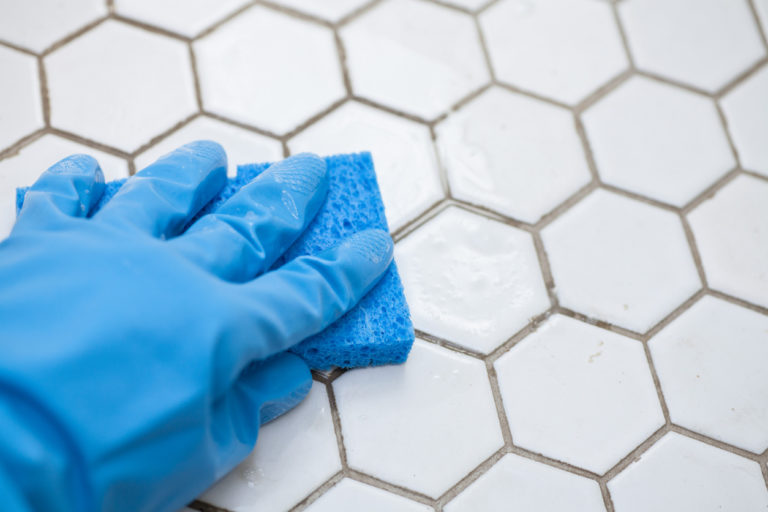
Deep cleaning tile and grout is essential, especially in a commercial setting. Here are a few tips on how to do it like the pros. Tile and grout can be difficult to clean properly. Not only is it time-consuming, but it can also be difficult to reach all of the nooks and crannies where dirt […]
A Quick Guide to Disinfectant Fogging

Disinfectant fogging takes ordinary cleaning to the next level. If you are considering specialty cleaning services during these uncertain times, like fogging, here’s what’s involved. What Is disinfectant fogging? Disinfectant fogging is the use of equipment with wide-reaching spraying capabilities to disinfect large facilities. The ULV (ultra low volume) Fogger turns a liquid antimicrobial solution into […]

